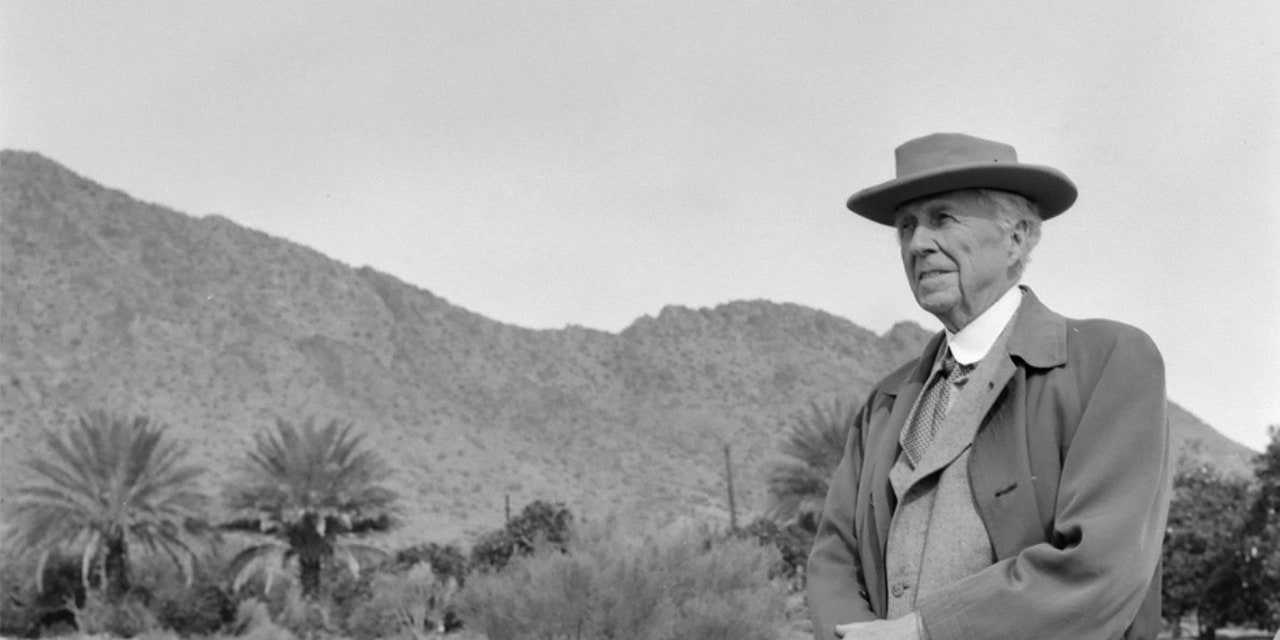“If you spend enough time in a building and listen closely enough to what it's saying, it will tell you pretty much everything you need to know," says Christopher Hawthorne, senior architecture critic for the Los Angeles Times. Hawthorne's observation rings true for any building he reviews, but is perhaps most pertinent to Frank Lloyd Wright's Millard House in California, where he stayed overnight last year. "It's very cryptlike, like a temple," Hawthorne tells AD PRO of the house. "Staying there suggested a lot of things about Wright and his architecture; the different layers revealed themselves to me over those 24 hours." Hawthorne spent time at the Millard house as part of his documentary "That Far Corner," an episode of the docu-series Artbound that examines the period Wright spent working in southern California, and how personal trauma in his life is directly linked to his West Coast rebellious period. The episode premiers tonight on KCET, and will be available for streaming following the premiere on Amazon, YouTube, Roku, and Apple TV.
The Millard house is one of just five homes in Los Angeles that Wright produced during his brief stint out West in the early 1920s. Following a successful career in the Midwest designing the Prairie style homes that made him famous, Wright moved to Los Angeles at the age of 55 in January 1923 to reinvent himself as a West Coast architect. He abandoned the sensitive, low-level homes that seem to have grown from the prairie landscape in favor of a dramatic pre-Columbian design built from stacked concrete blocks. These homes resembled neither his previous work in the Midwest nor the Spanish Colonial–style homes found in L.A. that he loathed. He designed five of them, namely the Millard House, the Hollyhock House, the Ennis House, the Storer House, and the Freeman House, all of which are featured in the documentary. But by the end of 1923, Wright had given up on L.A. and moved back to his native Wisconsin, and never again called upon the pre-Colombian ornamental elements for inspiration.
"The L.A. houses are also austere enough to be off-putting," writes Hawthorne. "Yet what historians and critics have generally failed to see is that they were inscrutable and even cryptlike not by accident but by design."
Wright was a visionary, always trying to pursue a new creative path and never taking the easy road to financial success. But perhaps his creativity wasn't entirely what drove him to make such a stark departure from his previous designs, suggests Hawthorne in "That Far Corner," arguing instead that the homes were a way for the architect to bury the grief he had held on to for nearly a decade following the tragic murder of his lover, Mamah Borthwick, in 1914.
Hawthorne's theory has drawn mixed reactions from Wright scholars and architecture historians, which he discusses in the documentary (even granting some screen time to some of the naysayers who aren't as convinced). But even the most astute Wright scholars will be surprised by "That Far Corner," which offers rich narrative laced with input from pop culture, Hollywood, and historians as well as in-depth reporting. Hawthorne's documentary provides a necessary focus on Wright's Californian designs, which have long been overlooked.
